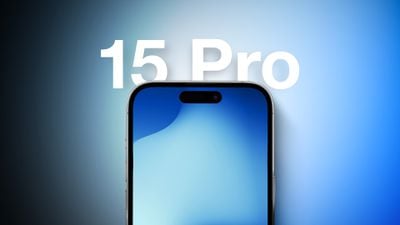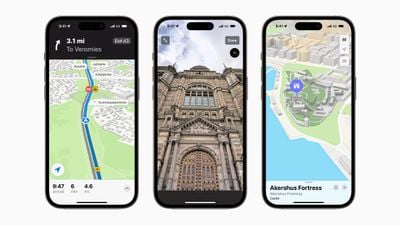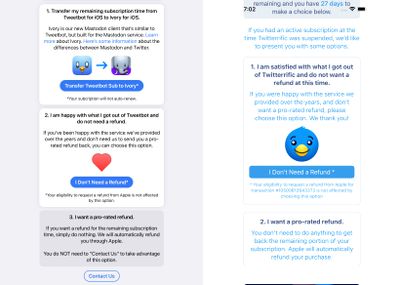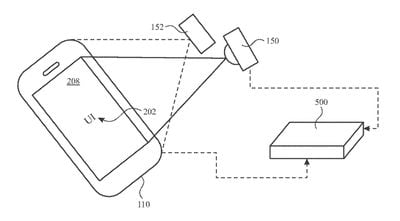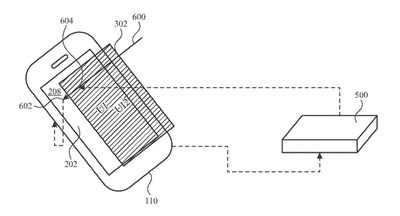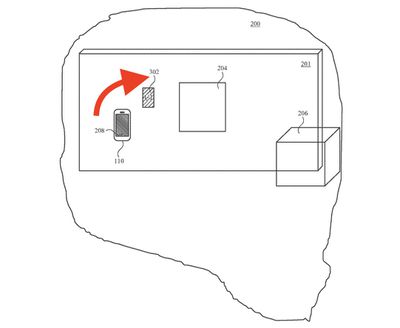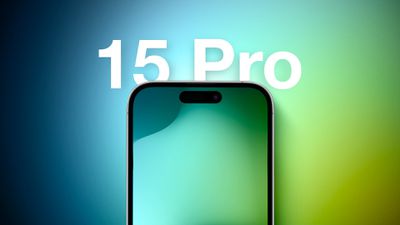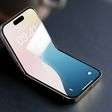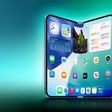OpenAI's ChatGPT chatbot offers a new generation of conversational AI functionality that promises to fundamentally change the technological landscape and the way people work. Here's how to access it directly from your Mac's menu bar.

ChatGPT is a next-generation language model that's designed to understand and generate human-like response to natural language input. Using a form of AI called deep learning, ChatGPT generates text that's similar to what a human might say.
ChatGPT is trained on a large corpus of text corralled from the internet, which allows it to answer a wide variety of questions and generate coherent responses to many different types of prompts.
That's why Microsoft has added its Bing GPT chatbot to the Taskbar with the latest Windows 11 update, and why Google plans to integrate its Bard experimental conversational AI service to Google Search.
Sadly, Apple doesn't have a chatbot service similar to ChatGPT, and there's no indication that the company will launch one soon, so macOS integration is likely some ways off. However, thanks to one developer, it is possible to interact with ChatGPT right from your Mac's menu bar.
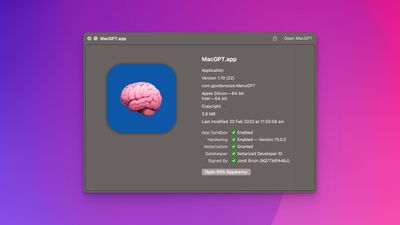
Developed by Jordi Bruin, MacGPT is a free download that reproduces all of the options found on the ChatGPT website and makes them accessible inside a tidy little Mac app. From within the MacGPT interface you can start new conversations with the chatbot and resume old ones.
In the app's settings, there's an option to make the MacGPT window always on top, so it floats over other windows. You can also record a keyboard shortcut that launches the chat window.

The app even adds a convenient brain icon to your Mac's menu bar, so you can have another app in fullscreen mode and still be able to access ChatGPT, ensuring the rich information resource remains just a click away, whatever you're doing.

MacGPT and the ChatGPT website aren't the only ways to access conversational AI chatbots on your Apple devices. Microsoft recently rolled out new Bing, Skype, and Edge apps for the iPhone and the iPad, all of which feature the chat-based AI-powered search capabilities. However, as of writing, these apps are available only in a preview capacity for those who are on the Bing preview experience, and there is a waitlist.


 Note: MacRumors is an affiliate partner with some of these vendors. When you click a link and make a purchase, we may receive a small payment, which helps us keep the site running.
Note: MacRumors is an affiliate partner with some of these vendors. When you click a link and make a purchase, we may receive a small payment, which helps us keep the site running.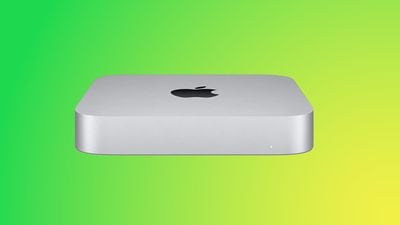
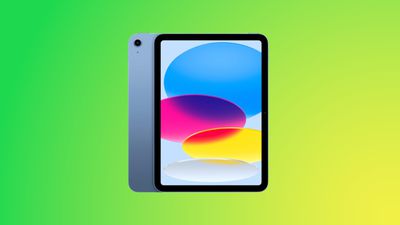
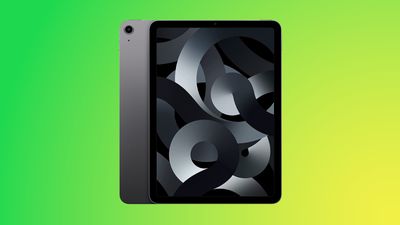

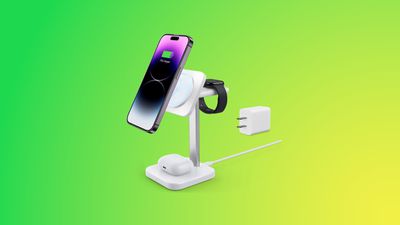
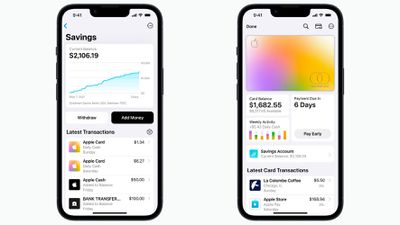
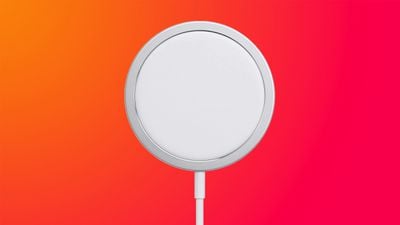 Note: MacRumors is an affiliate partner with Amazon. When you click a link and make a purchase, we may receive a small payment, which helps us keep the site running.
Note: MacRumors is an affiliate partner with Amazon. When you click a link and make a purchase, we may receive a small payment, which helps us keep the site running.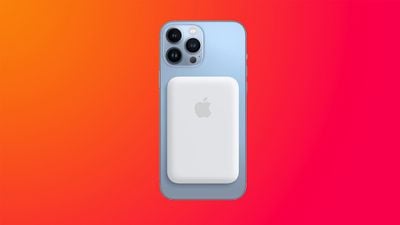



 Note: MacRumors is an affiliate partner with Amazon. When you click a link and make a purchase, we may receive a small payment, which helps us keep the site running.
Note: MacRumors is an affiliate partner with Amazon. When you click a link and make a purchase, we may receive a small payment, which helps us keep the site running.